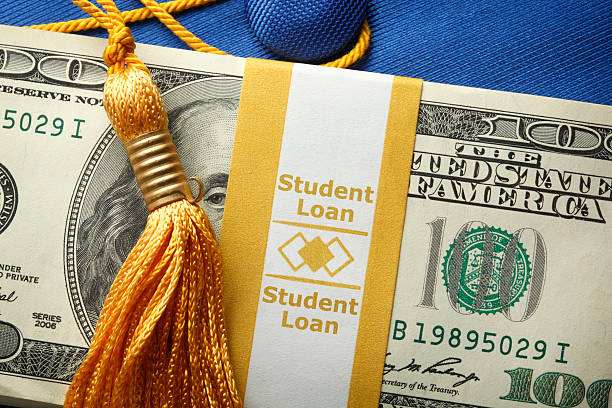Once you leave school, it’s important to get acquainted with your federal loans during your grace period (the six months after you leave school). Once that grace period is over, it’s time to start paying your federal loans back.
Types of Loans
Whether you have subsidized or unsubsidized federal loans will affect the amount you owe once you enter repayment.
With subsidized loans, your loans don’t start accruing interest until after your grace period.
On the other hand, unsubsidized loans start accruing interest as soon as the loan is disbursed. This means you will already owe more than you originally borrowed when you start paying the loan back after the grace period.
It’s also very important to understand capitalized interest. This takes place on your federal loans once a year. All of the interest charges from the prior year are added to the principle amount you owe on the loan. This includes any loan deferment or forbearance periods as well.
Knowing more about the student loan repayment process can help you know your options and successfully repay your student loan debt.
Before you leave school
Step 1 – Locate your loans
You can find a complete list of your federal student loans, loan servicers, and their contact information by logging in to the U.S. Department of Education’s office of Federal Student Aid website. Use your Federal Student Aid (FSA) ID—the same ID you used to complete the FAFSA—to log in.
Step 2 – Get to know your loans and your loan servicer
If you took out several loans, they may have different payment terms. Make a special note of the terms, including due dates, payment period, interest rates, monthly amounts, and other details.
Also, whenever there’s a change in your personal situation, let your loan servicer know.
Specifically, tell your loan holder if your name, address, or phone number changes.
Additionally, and importantly, tell your loan servicer if you believe you’ll have difficulty making your loan payment. They can work with you in advance.
Step 3 – Develop a repayment strategy
You can estimate your monthly student loan payments, including principal and interest, using this handy Student Loan Payment Calculator. You can also visit the U.S. Department of Education’s Repayment Estimator to compare repayment options.
Watch out for scams
While you’re paying back your student loans, you may receive offers for loan relief, or even loan forgiveness. These offers may sound enticing, but be careful—they could be scams.
Scammers think students and recent grads are naïve enough to fall for their tricks. However, you can avoid their schemes by learning more about the common scams pulled on students.

